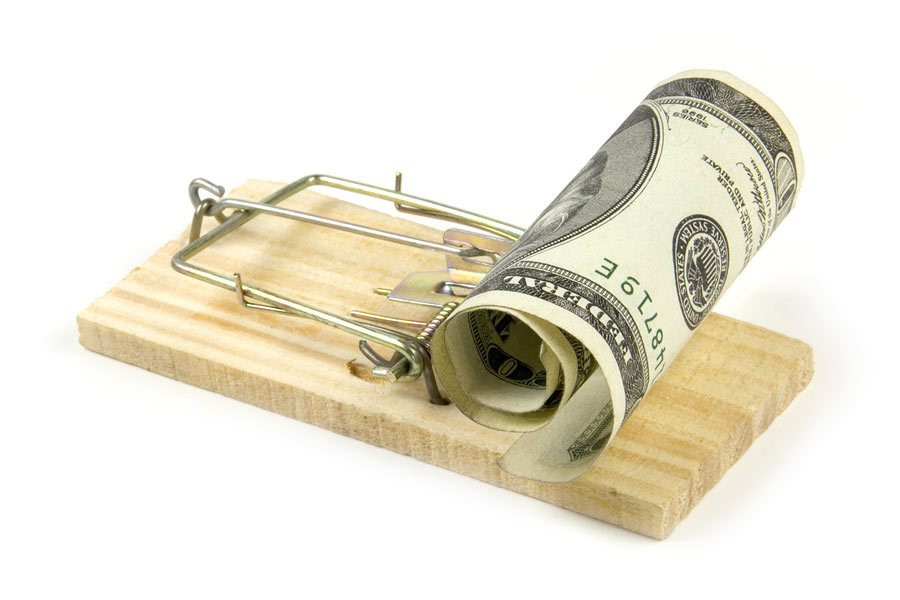
Original owner. When the original owner of a traditional IRA hits age 70 1/2, he must start taking distributions. The deadline for the first RMD is April 1 of the year after he turns 70 1/2. All subsequent RMDs must be taken by December 31 of each tax year. To avoid a big tax bite by taking the first and second distributions in the same year, Mike Piershale, president of Piershale Financial Group, in Crystal Lake, Ill., says "most people will take the first distribution in the year they turn 70 1/2." If you fail to take an RMD on time, the IRS will sock you with a 50% penalty of the missed amount--if the RMD is$10,000, that's a $5,000 penalty.
To calculate the RMD, take the account balance on December 31 of the previous tax year and divide that by a factor from IRS Table III, called the Uniform Lifetime Table (find the tables in IRS Publication590). That factor is based on your remaining life expectancy. (In this story, each RMD calculation is for 2014 and assumes a 2013 year-end balance of $500,000.)
The RMD for a 72-year-old using a life expectancy factor of 25.6, for instance, would be $19,531. An 80-year-old uses a factor of 18.7, resulting in an RMD of $26,738--about $7,200 more.
Singles and most married owners consult Table III. The exception is an owner with a spouse who is more than ten years younger and is the IRA's sole beneficiary. He uses Table II, the Joint Life and Last Survivor Table. "You don't have to take the money out as fast," says Travis Sollinger, a financial planner at Fort Pitt Capital Group, in Pittsburgh. The RMD of a 72-year-old husband with a 55-year-old wife would be about $3,300 less than the 72-year-old above (see table).
Spouse beneficiary. A spouse has two options when inheriting an IRA: Roll the money into her own IRA, or remain a named beneficiary of the inherited IRA.
If she rolls the account into her own IRA, she won't start RMDs until she turns 70 1/2, and she will use Table III. This is the route most spouses take, Sollinger says.
A widow who stays a named beneficiary won't take RMDs until her late husband would have turned 70 1/2. Then, she must take distributions based on her life expectancy. She uses Table I, which all beneficiaries use. But she has an advantage over nonspouse beneficiaries (described next). Each year, says Jeffrey Levine, IRA technical consultant for Ed Slott and Co., which provides IRA advice, "the spouse gets to recalculate life expectancy, which results in smaller distributions."
But the RMDs are lower as an owner. Say the widow is 75. If she keeps an inherited IRA, she uses a factor of 13.4. If she rolls the money into her IRA, the factor is 22.9, and she will take out about $15,500less than the widow with the inherited IRA (read When a Surviving Spouse Inherits an IRA).
If the nonspouse heir is 55 at his first RMD, he will use a factor of 29.6 from Table I. For his second RMD, he uses 28.6, instead of the table's factor of 28.7 for age 56. By the time he reaches age 75, he will use a factor of 9.6 instead of the table's 13.4. At age 75 in 2014, his RMD will be $52,083, about $15,000 more than if he were a spousal heir who remains a beneficiary.
Nonspouse heirs who mistakenly take RMDs as if they were an owner or a spousal beneficiary will take out too little. They'll owe the 50% penalty on the shortfall.
Comment by clicking here.
Rachel L. Sheedy is Managing Editor at Kiplinger's Retirement Report.



 Contact The Editor
Contact The Editor
 Articles By This Author
Articles By This Author